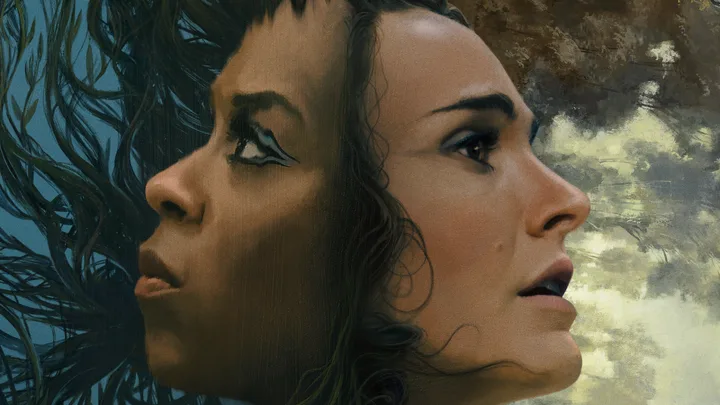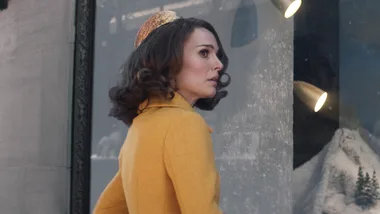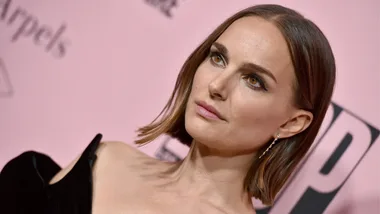It’s pitch black and freezing cold when my alarm goes off at 4.30am. As a habitual night owl, it’s very hard to drag myself out of bed so early on a winter’s morning.
But then, as I’m waiting for the kettle to boil, my non-morning-person brain sluggishly remembers that in less than an hour the Natalie Portman and Emmy Award-nominee Moses Ingram will both log on to a Zoom call with me.
I instantly – and obviously – perk up.
When I get through to the pair, Natalie looks radiant in a black, tailored suit while Moses looks wonderful in a bright, yellow dress; one not too dissimilar to the one Natalie wears in the opening scenes of Lady in the Lake – the whole reason I’m chatting to them today.
Produced by Apple TV+ and based on the 2019 Laura Lippman novel of the same name, the upcoming series Lady in the Lake stars Natalie and Moses as Maddie Schwartz and Cleo Johnson; two women whose lives are inexplicably connected after the brutal murder of Tessie, an 11-year-old girl.
Natalie and Moses graciously chatted to me about all things Lady in the Lake – from the show’s delightful 1960s costuming to its depiction of racial and misogynist issues.
Read the full interview below…
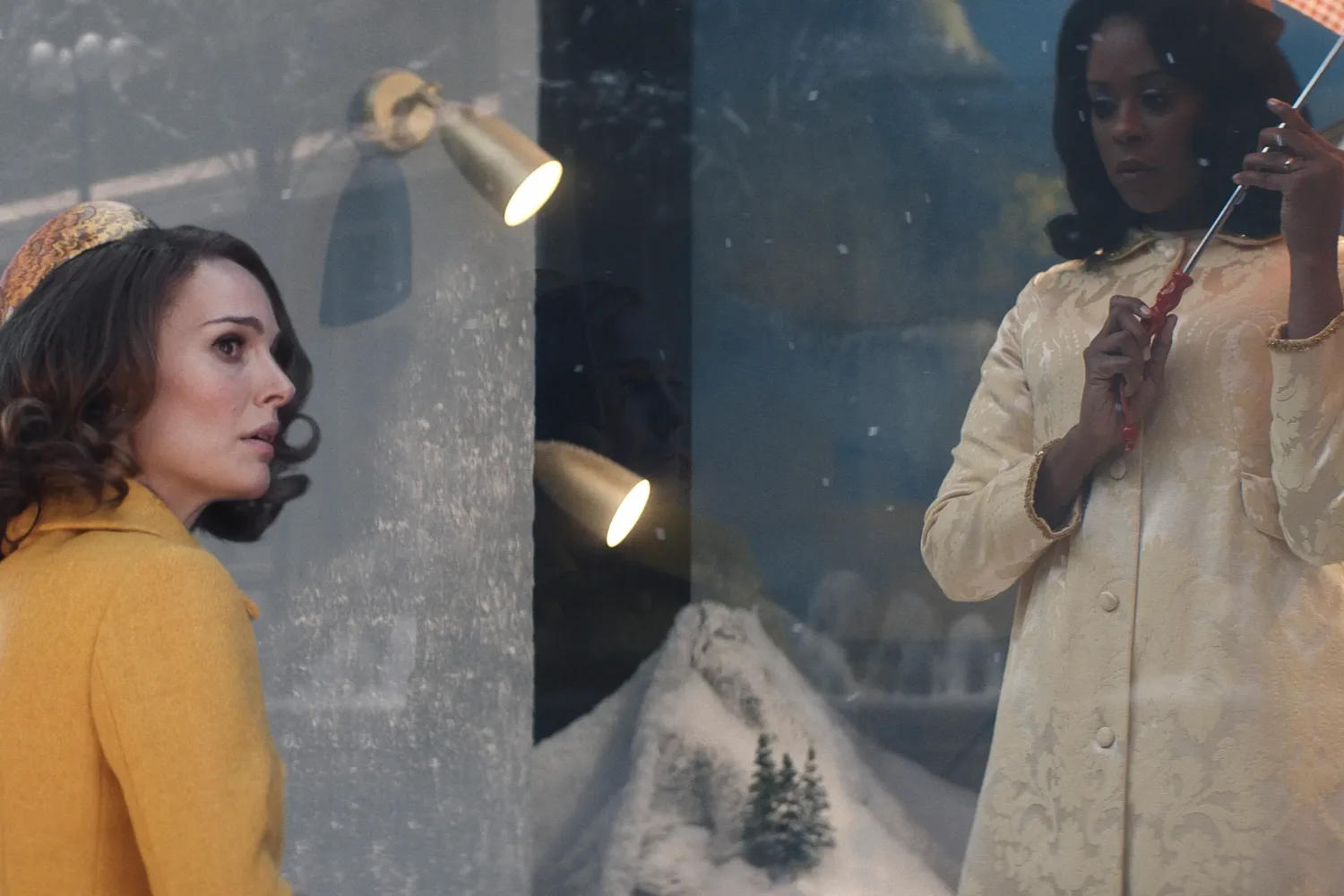
The Weekly: Did either of you read the book to prepare for your roles?
Natalie: Yes. The book was the first thing that was brought to me by Jean-Marc Vallée, who we very sadly lost right before filming started. And his producing partner Nathan Ross, they brought me the book and they put me together with Alma [Har’el, Lady in the Lake’s creator and showrunner] and said, ‘You two should do this together,’ and I was so in awe of Alma’s work. And then also really excited by the potential of making this show with two really interesting female characters and their search for liberation.
Natalie, you’ve never had a recurring role in a television show before; what was it about Lady in the Lake that made you take the plunge into television?
Natalie: Well, it really was Alma. I was so excited to get to work with someone as talented as she is. And she ended up being such an incredible human alongside being just a visionary as a director.
You two hardly have any screen time together, however when you are on screen together, the chemistry and dynamic between Maddie and Cleo is incredible; how did you develop that chemistry?
Moses: I feel like what’s beautiful about working with someone who has mastered it is, you know, it’s kind of like swimming to a buoy. You know, it’s like I know that I am going to be held up and held to a standard. And I want to keep my head above water. So keep my eyes on the buoy. You know, keep listening. She’s so generous. And I’m just, you know, happy to be across from her.
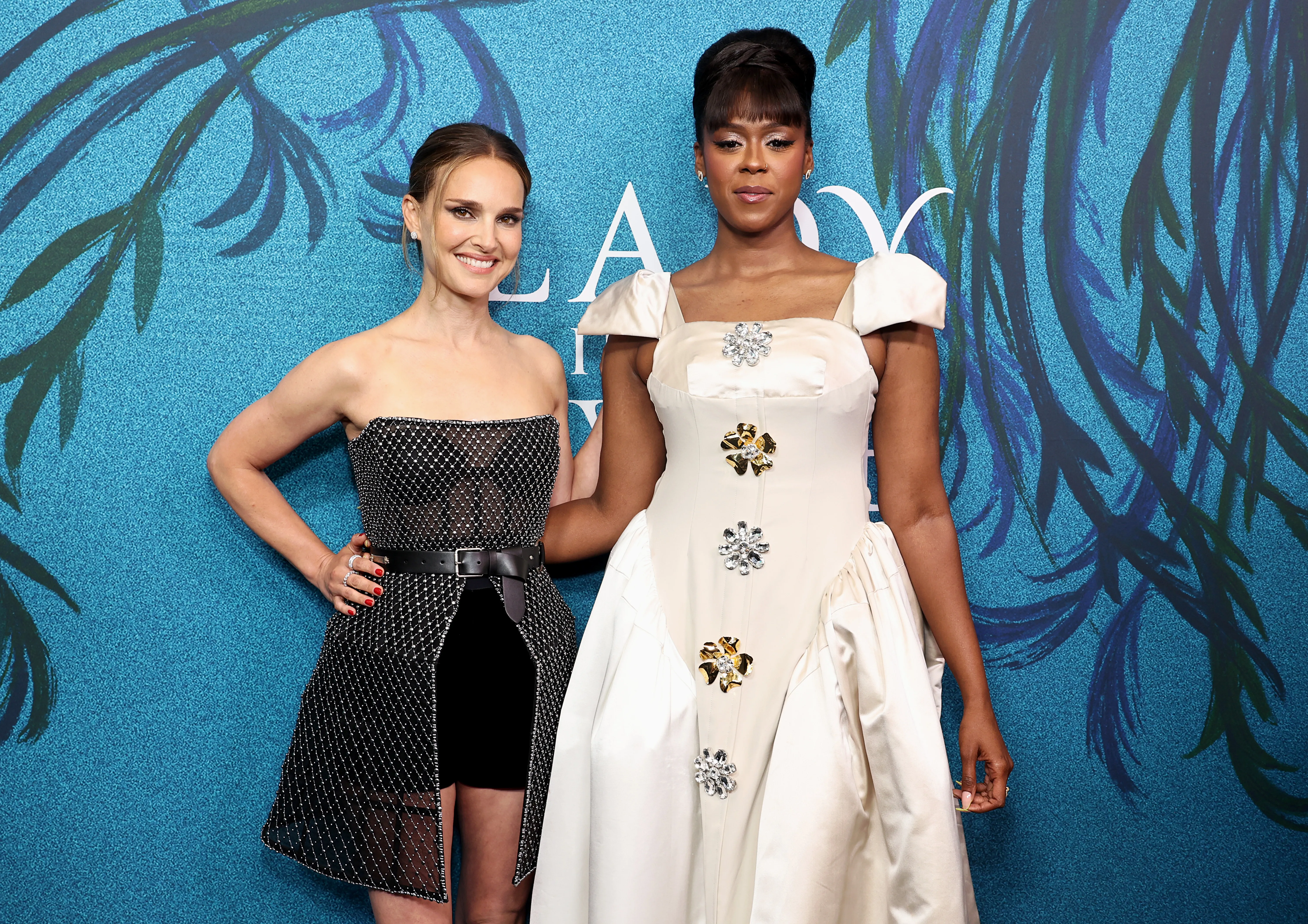
Natalie: Thanks. Well, the feeling is mutual. I mean, it was just so incredible to get to work opposite you. Moses has such extraordinary honesty and nuance and, and brilliant choices with her acting. And it was very easy to, you know, to bounce off of brilliance.
In the book, Cleo is a bit of a disembodied ghost narrating the story whereas in the series she’s a fleshed-out character; Moses, how did you approach fleshing Cleo out?
Moses: You know, I think that’s totally a credit to Natalie. And Alma. I know you all had a lot of conversations about Cleo in the book versus Cleo in the series. Yeah, but it’s beautiful, to be on that ride, that journey. It’s so involved and because we have seven hours, you can really ride the ride of all of those peaks and valleys and get into the minutiae of a person, which is always exciting.
Natalie, you previously shared that your grandmother was from Baltimore and she would’ve been around Maddie’s age in the ‘60s; did playing Maddie make you feel closer to your grandmother?
Natalie: Well, it definitely helped me imagine what it might have been like for her, what frustrations she might have had, what expectations and limitations society placed upon her. And you know, it’s so important I think for every woman to understand their mother to know themselves, and then your mother is who she is because of your grandmother. So to really feel that chain, that link, between generations is so revelatory.
Despite being of the ‘murder mystery’ genre, there are some pretty fun scenes in the series. What scene did you most enjoy shooting?
Moses: The dream that Maddie has and Cleo’s up in a ring in the air. That was just so cool. I was so scared being up that high but it came out great.
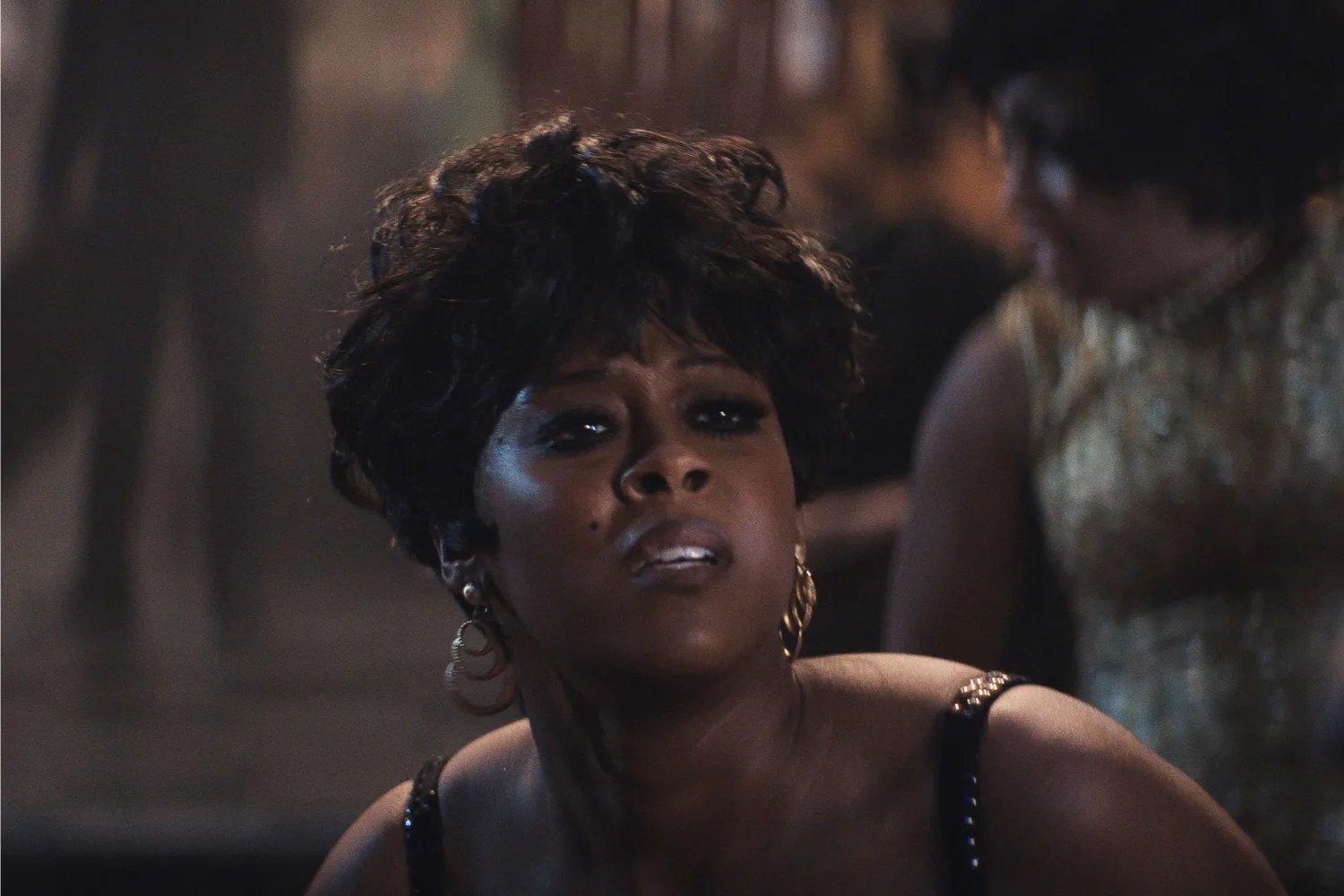
Natalie: It was amazing. It was just so iconic, like, Moses being so glamorous with her hair swinging.
Moses: It was so fun!
Natalie: And it was so gorgeous, in the middle of the night. And wasn’t it even on fire at one point? Yes, the ring was on fire and I was like, ‘Oh my god, this is so scary.’ And she’s just fearlessly up so high.
Moses: 30 feet!
Natalie: So high. And in a flaming ring. I mean, you can tell that story to your–
Moses: I know, what a story.
Within the first few minutes of the show we find out Cleo is dead but then we flashback three months; Moses, was it hard to play a character that you knew was doomed to die?
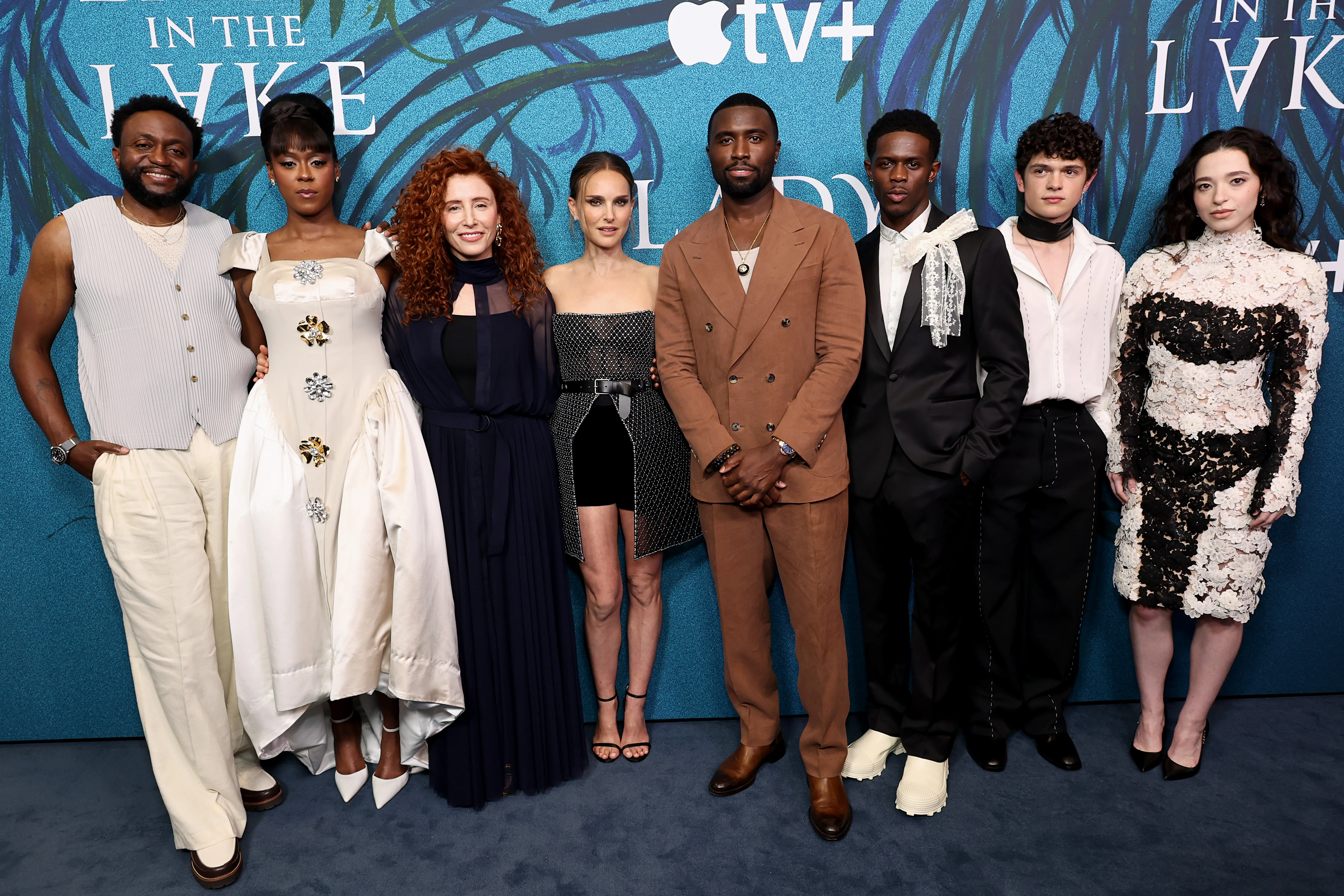
Moses: I mean, I guess I never really thought of it that way. Um, because I guess when you play it out, Cleo never knew she was gonna die. So I don’t know; I hadn’t thought of it like that [laughs].
Natalie, what do you think drives Maddie’s relentless pursuit of the truth in both Tessie and Cleo’s cases?
Natalie: Well, I think with Tessie, I got a real insight into it because of Alma’s casting of the young girl; she cast someone who kind of looked like I did as a kid. And so it really gave me a feeling that Maddie was chasing her own lost innocence and her own lost childhood. And then, once she gets back into journalism, she remembers this kind of passion of her youth for journalism, and sees the Cleo story as an opportunity, unfortunately, as an opportunity for her to make her name.
How important was it for you and the production team to accurately depict the social and racial issues of the 1960s?
Natalie: It was very important. And, you know, I think there was such meticulous research that Alma did, that the production designers did, that the costume designer did, that every actor did to accurately reflect that specific moment in history, which is so critical in the US. It’s like, right on the cusp of the civil rights movement, right on the cusp of the Vietnam War, right on the cusp of the feminist movement. You know, it’s like things are still old fashioned, but are about to change, you know? Like, you’re right on that cliff.
And how do you think those issues of racism and misogyny depicted in Lady in the Lake resonate with today’s social climate? Do you see any parallels between the 1960s and now?
Moses: Absolutely. We’ve come so far, but we still have so, so much further to go. I think when we think of injustice, it’s important to remember that we’re a part of a large fabric made up of lots of people. And we have to make room for one another; everybody else has agency within that large quilt as well.
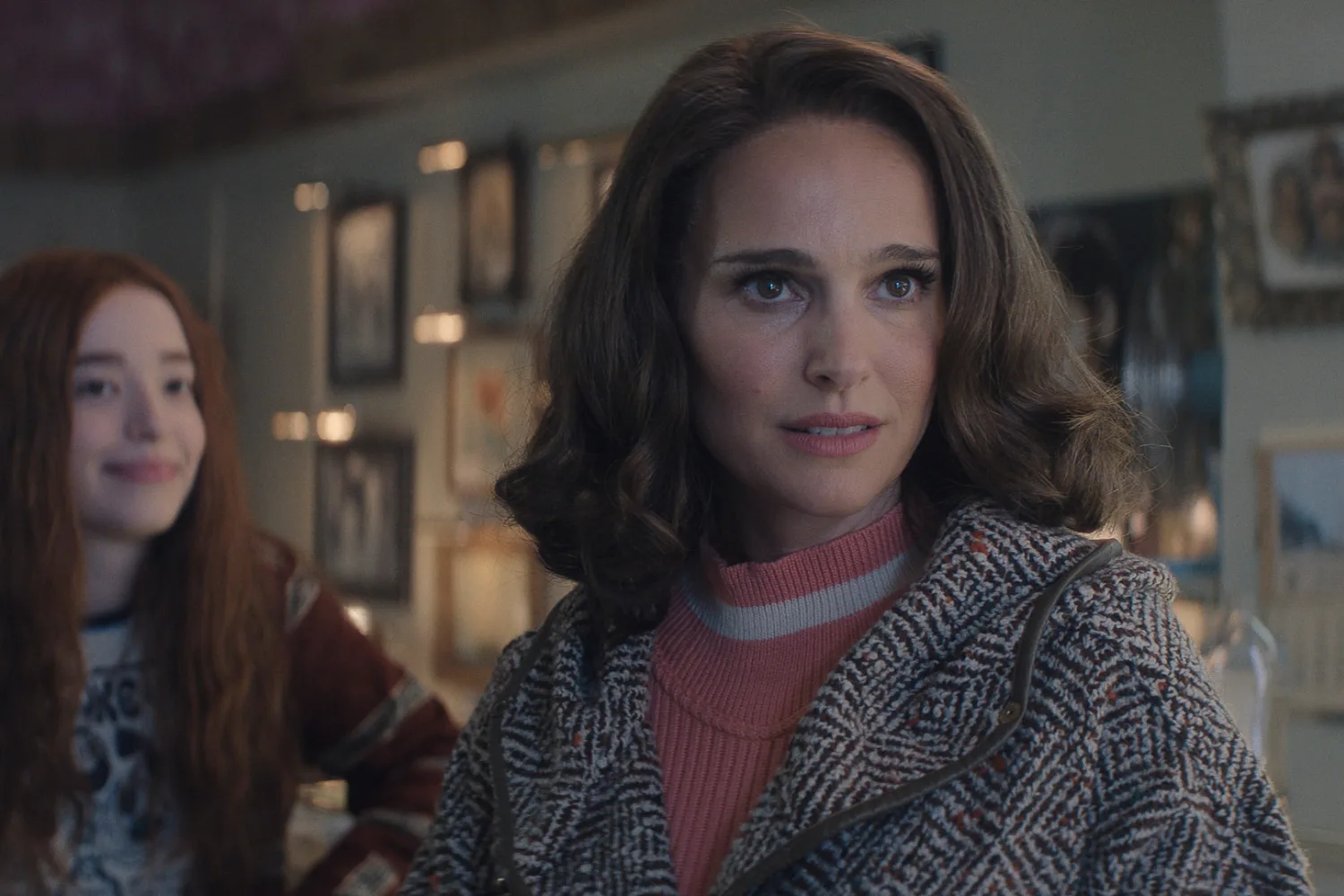
You’ve both starred in 1960s period pieces before; Natalie, you in Jackie and Moses, you in The Queen’s Gambit. Why are you both drawn to projects set in that time period?
Both Natalie and Moses, in perfect unison: The clothes! [Laughs]
Moses: The clothes absolutely.
Natalie: The clothes are the best. And the music.
Moses: And the music! The music’s great.
The first two episodes of Lady in the Lake premiere on Apple TV+ on July 19.
